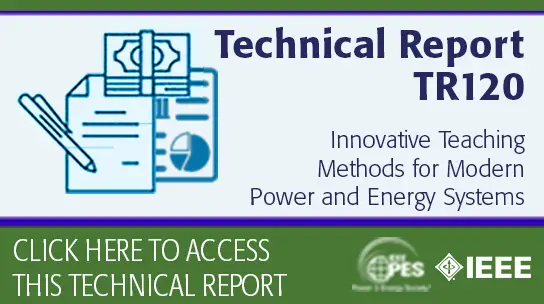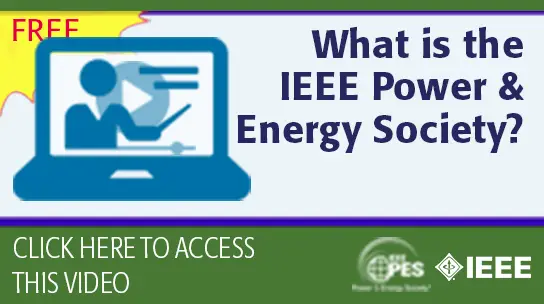A Data-Driven Justification for Dedicated Dynamic Pricing for Residences-Based Plug-in Electric Vehicles in Wind Energy-Rich Electricity Grids
Fathalla Eldali and Siddharth Suryanarayanan
-
Members: FreePES
IEEE Members: Free
Non-members: FreePages/Slides: 8
11 Nov 2019
Supply curtailment in wind energy-rich electricity grids occurs when electric energy supply exceeds demand. Grid-level energy storage assets with the potential for storing the excess electric energy generated from wind are yet cost-prohibitive and prone to inefficiencies. An alternative for managing this excess energy is the targeted charging of available plug-in electric vehicles (PEVs). The different power requirements, load duration, and times of usage requires PEVs to be treated differently. Consequently, using a universal pricing mechanism may not lead to the maximum benefit for the utility and the consumers, especially when trying to rely on charging PEVs with wind energy. In this study, we use a data-driven approach to investigate an existing pricing mechanism for a city (Austin, Texas) in a wind energy-rich electricity grid (ERCOT) and with high projections of PEVs. The study provides a general framework for the wind energy-rich utilities to better evaluate their profitability and the benefits of the consumers. In our case study, the results indicate the need for an alternative pricing mechanism (e.g., time-of-use) dedicated to PEVs than the existing choices for maximizing the utility of available energy from wind in the absence of grid-level energy storage.


